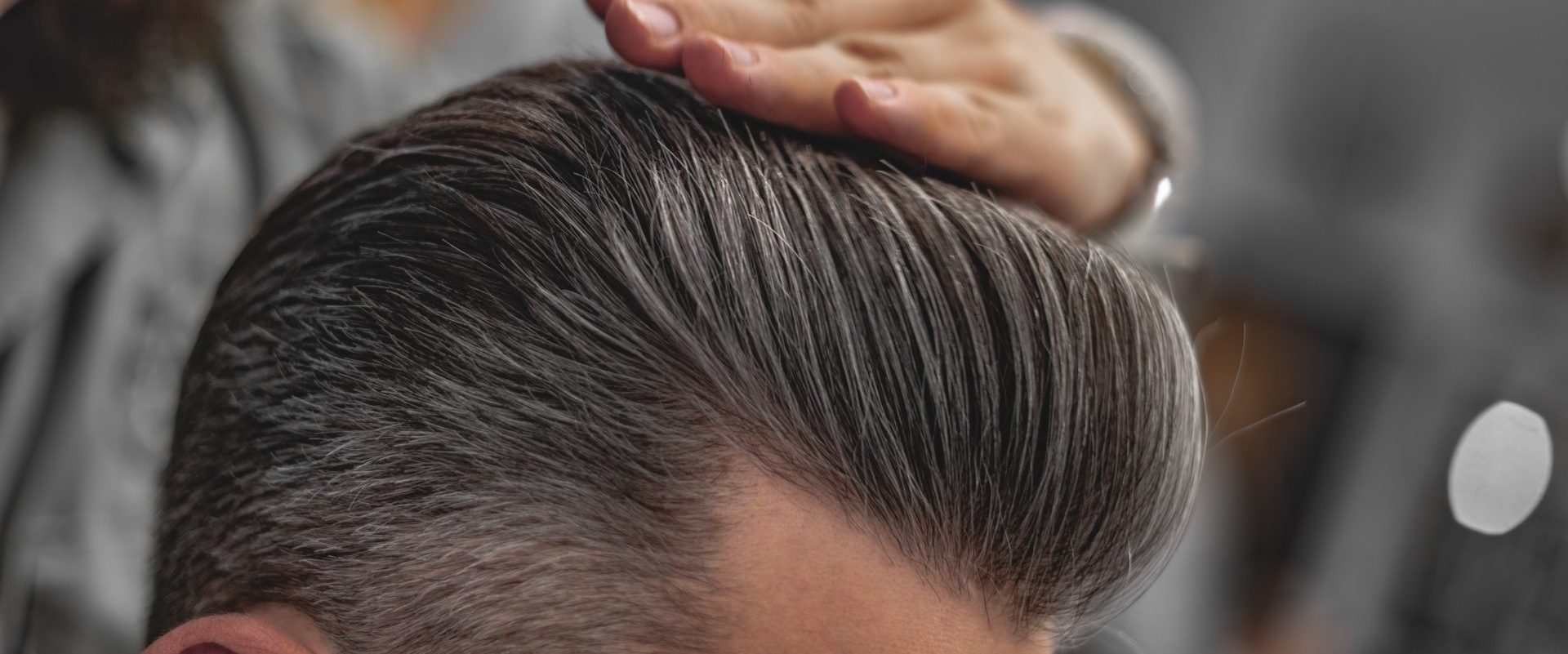
Hair Transplant Methods
Having a luscious head of hair is a common desire among men, but sometimes genetics have other plans. Men with thinning or balding hair will often turn to hair restoration procedures in order to get their desired look. Surgeons use two hair transplant methods: Follicular Unit Extraction (FUE) and Follicular Unit Transplantation (FUT). Though both methods start the same, there are some key differences between the two.
Follicular Unit Transplantation (FUT)
With this hair transplant method, once the scalp has been cleaned and numbed with anesthesia, the surgeon will make an incision at the back of the head. This incision will be several inches long and is how the strip of donor hair is removed. After removing the strip, it will be separated into several smaller grafts and used as transplants for the recipient area. After the procedure, the incision is stitched up and bandaged.
Disadvantages
When it comes to this method, the most significant disadvantage comes from the linear scar often left behind by the incision. Although a patient could use hair to cover the area, there is always a chance you’ll have a scar that lasts forever. Due to the invasive nature of this method, there is also a longer recovery time. Patients will often have stitches for about two weeks, and surgeons recommend avoiding strenuous activities for a few weeks after their removal.
Follicular Unit Extraction (FUE)
As opposed to the FUT method, this hair transplant method extracts individual hair follicles from the donor area at the back of the head. Once the follicles have been removed, the surgeon will make tiny holes in the area that is receiving the transplant. Individual follicles will be carefully placed into these holes, where they will later grow as natural hair does.
Disadvantages
Although FUE is considered the “gold standard” method for hair restoration procedures, it still has some disadvantages. One of the biggest drawbacks is that the number of grafts a surgeon can harvest depends on the donor area size and its density. Another disadvantage is that the quality of the grafts will depend on the skill and ability of the surgeon. If not done correctly, the grafts can be more susceptible to damage.
The ARTAS iX Hair Restoration Robot
The ARTAS iX robot eliminates the possibility of human error when it comes to the FUE hair transplant method. Using Artificial Intelligence (AI) and a fully automated robotic arm, the robot is able to harvest and implant hair follicles with complete precision. In addition to the AI, advanced algorithms ensure that the follicles are evenly distributed to create natural-looking results.
If you or someone you know is considering a hair restoration procedure, trust the experienced professionals at Robotic Hair Rx. With years of experience and the most advanced technology and hair transplant methods, we can help you achieve the natural-looking results you’re looking for. Schedule a consultation with us today and set out on the beginning of your new hair journey.
